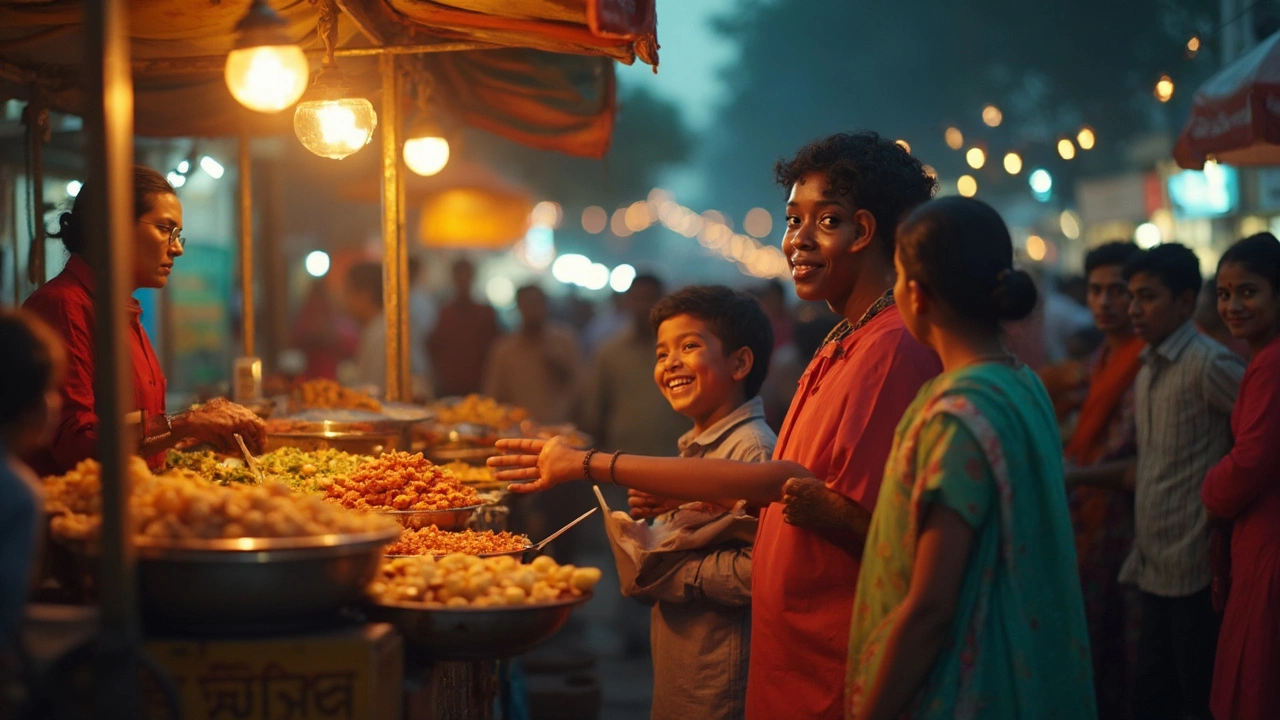Desi Lingo – Your Guide to Indian Food Slang
Ever heard someone call a curry "the real deal" or refer to a snack as a "chaat bomb" and wonder what’s going on? Indian food talk is full of nicknames, short forms and playful expressions that make the cuisine even more lively. This guide breaks down the most used words, shows when to drop them, and helps you sound like a local the next time you order or chat about food.
Everyday Food Terms You’ll Hear
Start with the basics. Dal isn’t just a generic word for lentils; it’s also used as a shorthand for any soup‑like side that’s served with rice. When someone says "grab some dal," they could mean the simple yellow split‑pea version or something richer like masoor with tomatoes.
Chutney gets tossed around a lot, but there are two main flavors: sweet‑tangy (usually fruit‑based) and spicy (often coconut or mint). If you hear "that chutney’s fire," they’re talking about the heat level, not the actual temperature.
Word "biryani" is often followed by a city name – Hyderabad, Kolkata, Lucknow – each pointing to a specific spice blend and cooking style. Saying "Hyderabadi biryani" instantly tells a friend you want a richer, meat‑heavy version with deep‑fried onions.
Snacks have a whole slang set. "Vada" can mean a deep‑fried bean cake, but when someone adds "pav" they’re talking about the popular street combo of vada with buttered bread rolls – a classic "vada pav".
Finally, sweet talk: "mithai" covers everything from jalebi to peda. “Too much mithai” is just a polite way of saying the desserts are overwhelming.
How to Use Desi Slang in Conversation
When you’re at a restaurant, drop a short term to show you know the menu. Instead of asking for "the spicy coconut chutney," try "the coconut chatni, please." It’s shorter, and servers love the confidence.
In a cooking chat, you can say, "I’m trying to perfect my biryani layers," or "My dal needs more tempering." Both phrases use kitchen‑specific verbs that native cooks understand instantly.
If you’re talking about a new snack you tried, you might say, "That pakora was legit crunchy," or "The pani‑puri was the real deal – the water hit the spot." These phrases keep the tone casual and show you’re comfortable with local lingo.
Don’t overdo it. Use one or two slang words per sentence, then fall back to plain English. This balance makes the conversation flow naturally without sounding forced.
Lastly, remember that slang can vary by region. A nickname for a dish in Mumbai might be unknown in Chennai. If you’re unsure, just ask – most people love sharing the story behind a term.
So next time you’re scrolling through a food blog or chatting with friends about dinner, sprinkle in a few desi lingo words. You’ll sound more authentic, and you might even pick up a new favorite dish along the way.
Indian Slang for Okay: The Sweet Taste of 'Theek Hai' in Street Food Culture
What’s the go-to Indian slang for 'okay'? It’s 'theek hai'—and you’ll hear it everywhere, but nowhere is it served up quite like at a street food stall. This article decodes the real meaning behind this phrase, where it pops up in daily life, and how it adds flavor to street food experiences. If you want to sound local or navigate an Indian food market like a pro, these details matter. Come hungry for both lingo and snacks.
